Buffalo Nation
Buffalo Nation: America at 250
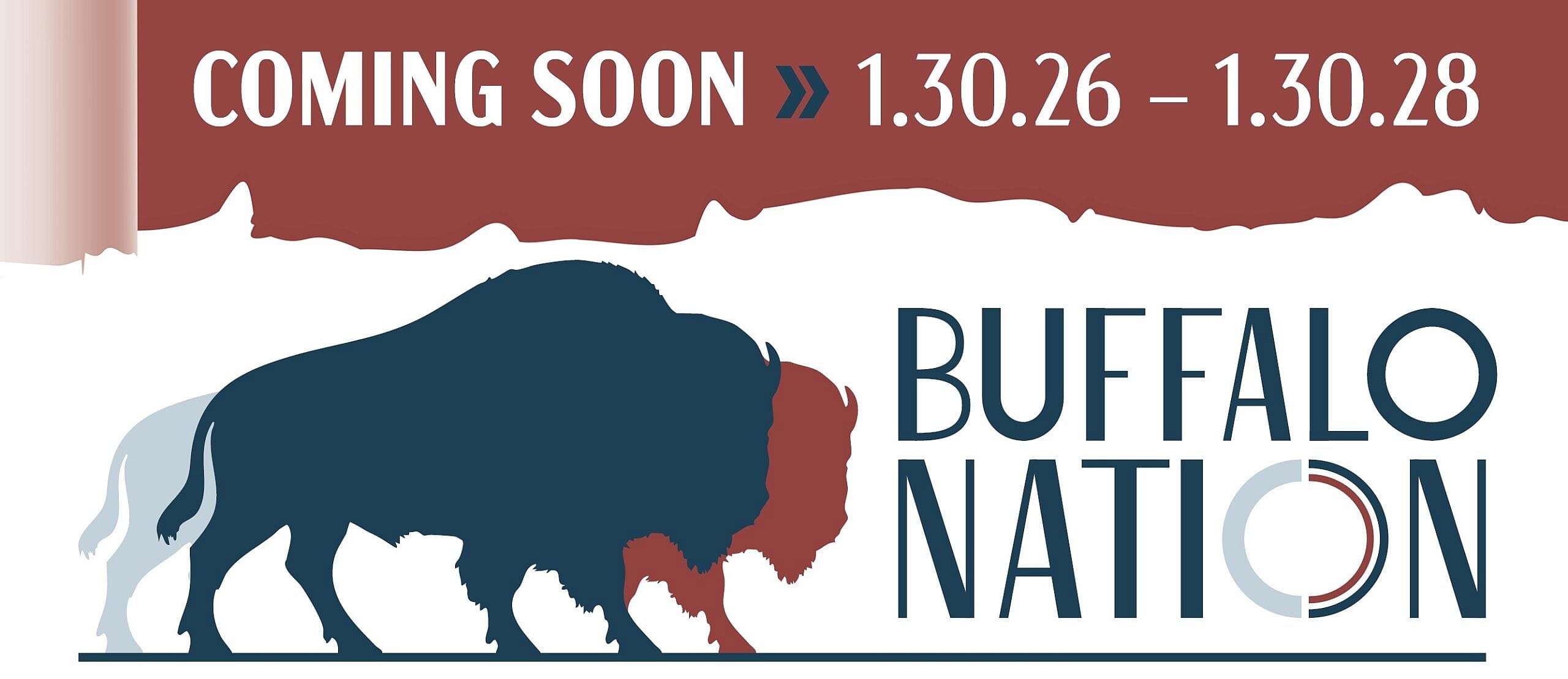
Buffalo Nation is a two-year celebration honoring America’s 250th anniversary and our national mammal – the American bison. This powerful animal has stood as witness to profound cultural and ecological change. Its story is one of resilience, strength, and symbolism—offering a powerful lens into America’s past and an inspiring vision for its future. The Buffalo Nation experience launches in January 2026 and includes multiple exhibitions, dazzling new technology, and an exciting lineup of public programs and educational activities.
What is Buffalo Nation?

Buffalo Nation is a two-year program at the Buffalo Bill Center of the West celebrating America’s 250th anniversary and the buffalo through immersive exhibitions, interactive experiences, and special events. Buffalo Nation tells the powerful story of the American bison—once numbering 30 million or more, nearly lost to extinction, and now a symbol of renewal.
When and Where are the Exhibitions?
The Buffalo Nation experience begins January 30, 2026 with six Spotlight Exhibitions presented across the Buffalo Bill Center of the West’s museums and library. Each Spotlight offers a unique entry point into the buffalo’s story, through art, history, natural science, and fascinating museum collections. On August 22, 2026, the primary exhibition opens to the public in the Duncan Special Exhibition Gallery, surrounding visitors with immersive environments and interactive experiences. Together, these presentations anchor a two-year celebration at the Center on view from January 30, 2026, through January 30, 2028.
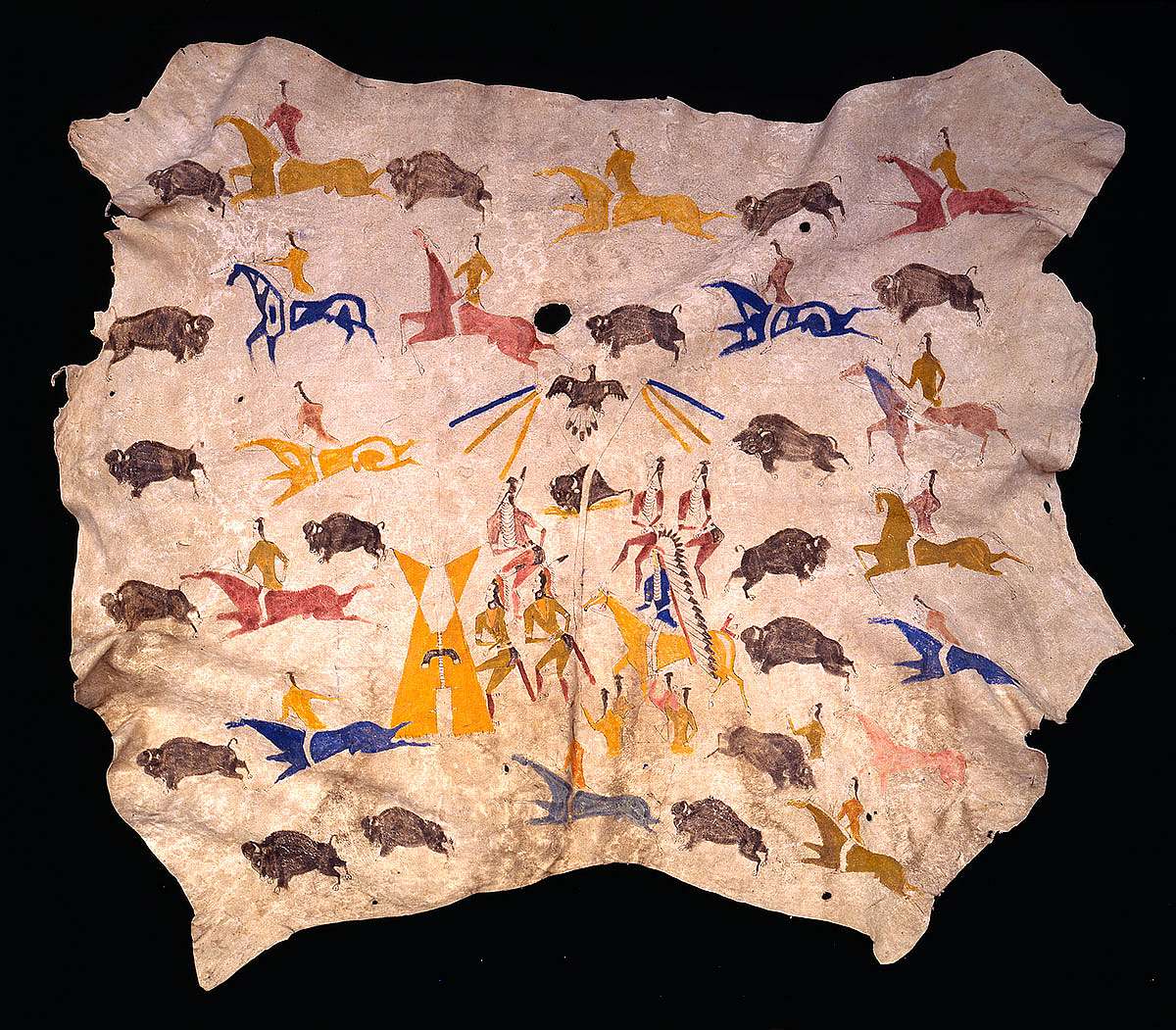
What are the Themes of the Exhibitions and Special Events?
The buffalo is the past, present, and future of the West. Its story precedes but was profoundly shaped by nation-building.
The buffalo has significance to diverse peoples and carries universal meanings among many cultures.
The buffalo’s story is tied to place and deeply rooted in the American West.
Buffalo persist as a physical presence on American lands and as a powerful symbol in stories, legends, and belief systems.
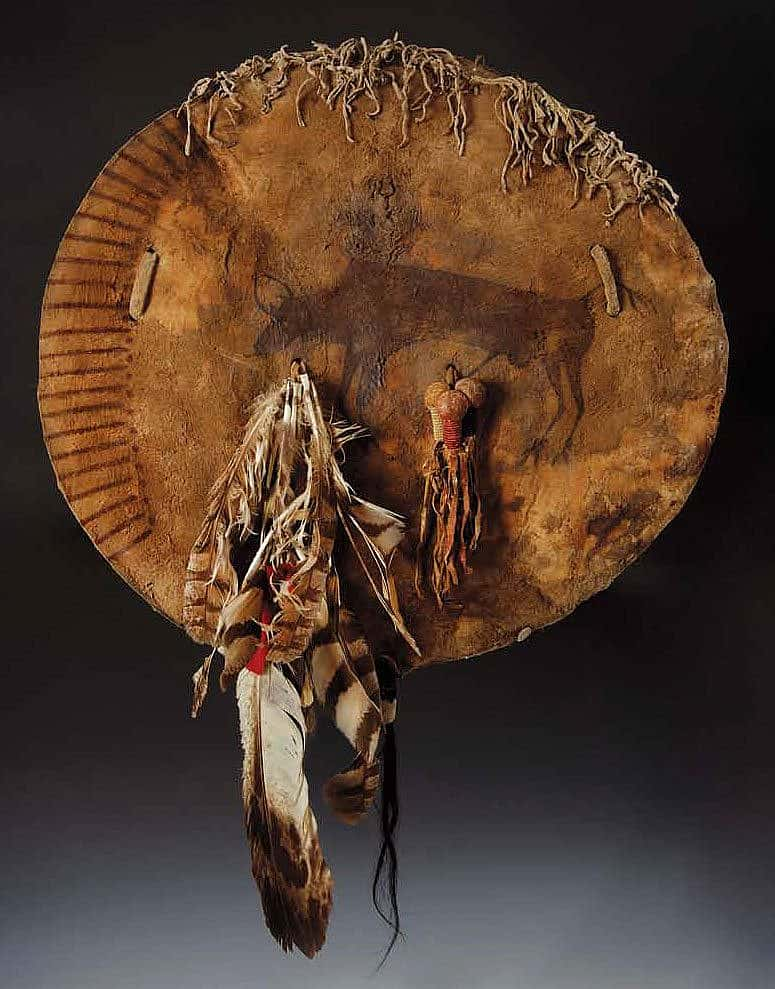
How does Buffalo Nation Connect to America's 250th Anniversary?

The exhibition highlights the buffalo as a witness to nation-building, cultural change, and ecological shifts in America. Its persistence is both symbolic and instructive for the future, making it a fitting centerpiece for the U.S. semiquincentennial. In 2016, the U.S. Department of the Interior named the buffalo the national mammal of the United States, representing “unity, resilience, and health.”

Key Dates
January 30, 2026: The Buffalo Nation experience begins with six Spotlight Exhibitions presented across the Buffalo Bill Center of the West’s museums and library.
August 22, 2026: The primary exhibition opens to the public in the Duncan Special Exhibition Gallery, surrounding visitors with immersive environments and interactive experiences.
About the Spotlight Exhibitions
Buffalo Nation brings six Spotlight Exhibitions across the Buffalo Bill Center of the West, showcasing the American buffalo through extraordinary art, objects, and stories. From monumental new works to historic treasures, this special presentation reveals the fascinating and complex legacy of America’s national mammal. The Spotlight Exhibitions open January 30, 2025.
The McCracken Research Library
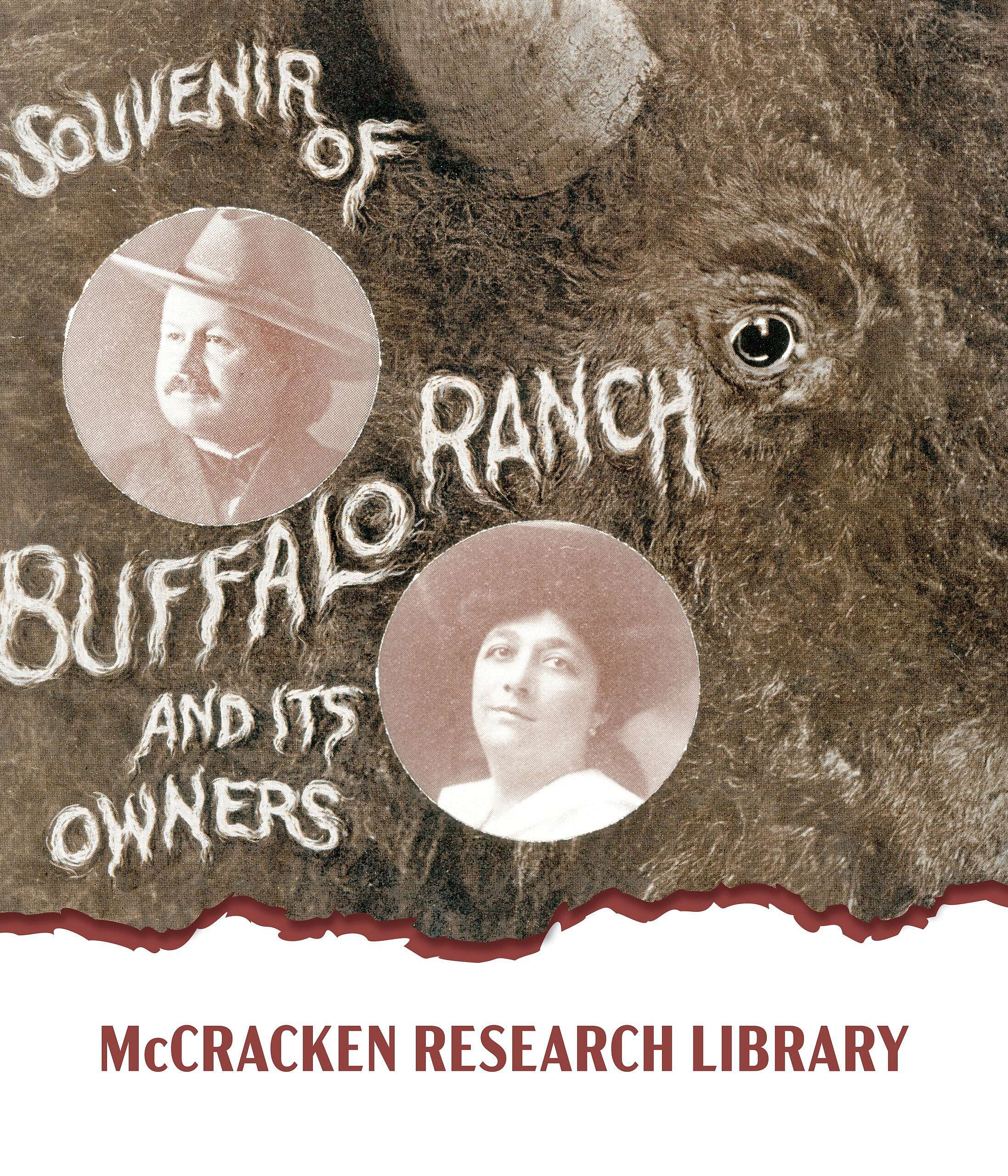
In 1800, 30 million bison roamed the Great Plains (and possibly more). By 1889, fewer than 1,000 remained. Today, about 500,000 live in North America. What caused these dramatic swings? The bison’s history is complex, involving unlikely allies who worked to save the species after a period of mass destruction. The McCracken Research Library’s Spotlight Exhibition brings this story to life with powerful archival images and rare books, including treasures featured in Ken Burns’s documentary The American Buffalo. Visitors will also see Yellowstone postcards, magazine and newspaper covers, and material from Buffalo Bill’s Wild West shows. The exhibition presents the stark history of near extinction and the heroic efforts to preserve the bison in the late nineteenth and early twentieth centuries, offering context that deepens the experience of other Spotlight Exhibitions.
The Plains Indian Museum
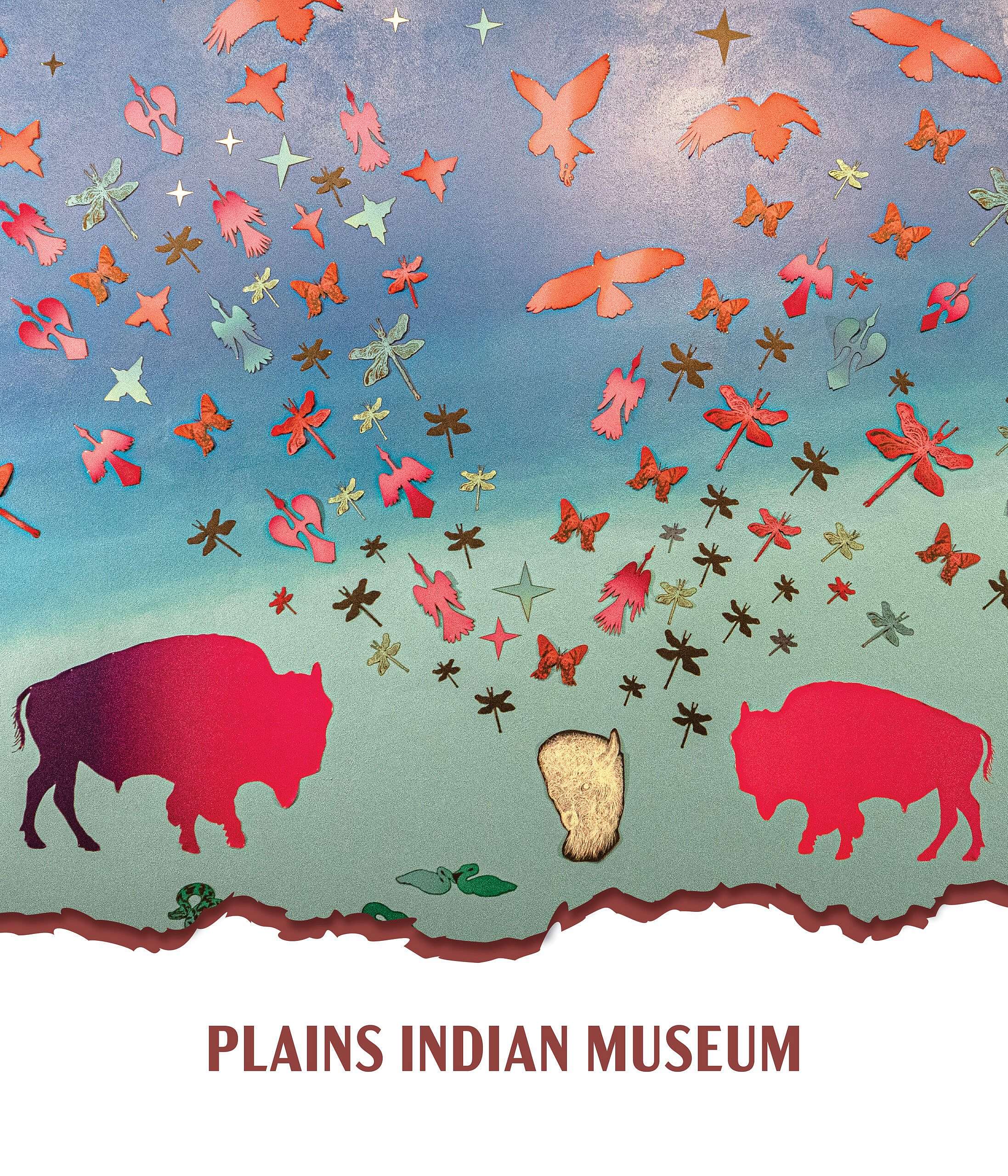
At the heart of the Plains Indian Museum’s Spotlight Exhibition is Buffalo, Deer, Bird, a 42-foot mural by John Hitchcock (Kiowa/Comanche) and Emily Arthur. The work celebrates the buffalo’s importance and the deep ties between land and its animals. Three display cases feature historic objects chosen by the artists and curators: a buffalo hide drum echoing the earth’s heartbeat, moccasins so the spirit of the buffalo may dance, and a beaded bag honoring nature’s bounty. Another feature blends audio, photography, and masterworks from the collection in a new interpretive display exploring the symbiotic bond between buffalo and contemporary Plains Indian cultures. Vignettes showcase how today’s sovereign tribal nations lead bison restoration, including the Intertribal Buffalo Council, Wind River Tribal Buffalo Initiative, and the Apsáalooke (Crow) Buffalo Program. Developed with the Plains Indian Museum Advisory Board and leaders from the Crow, Northern Arapaho, Eastern Shoshone, and Lakota Bands, the exhibition emphasizes traditional ecological knowledge and living connections to the buffalo.
The Whitney Western Art Museum
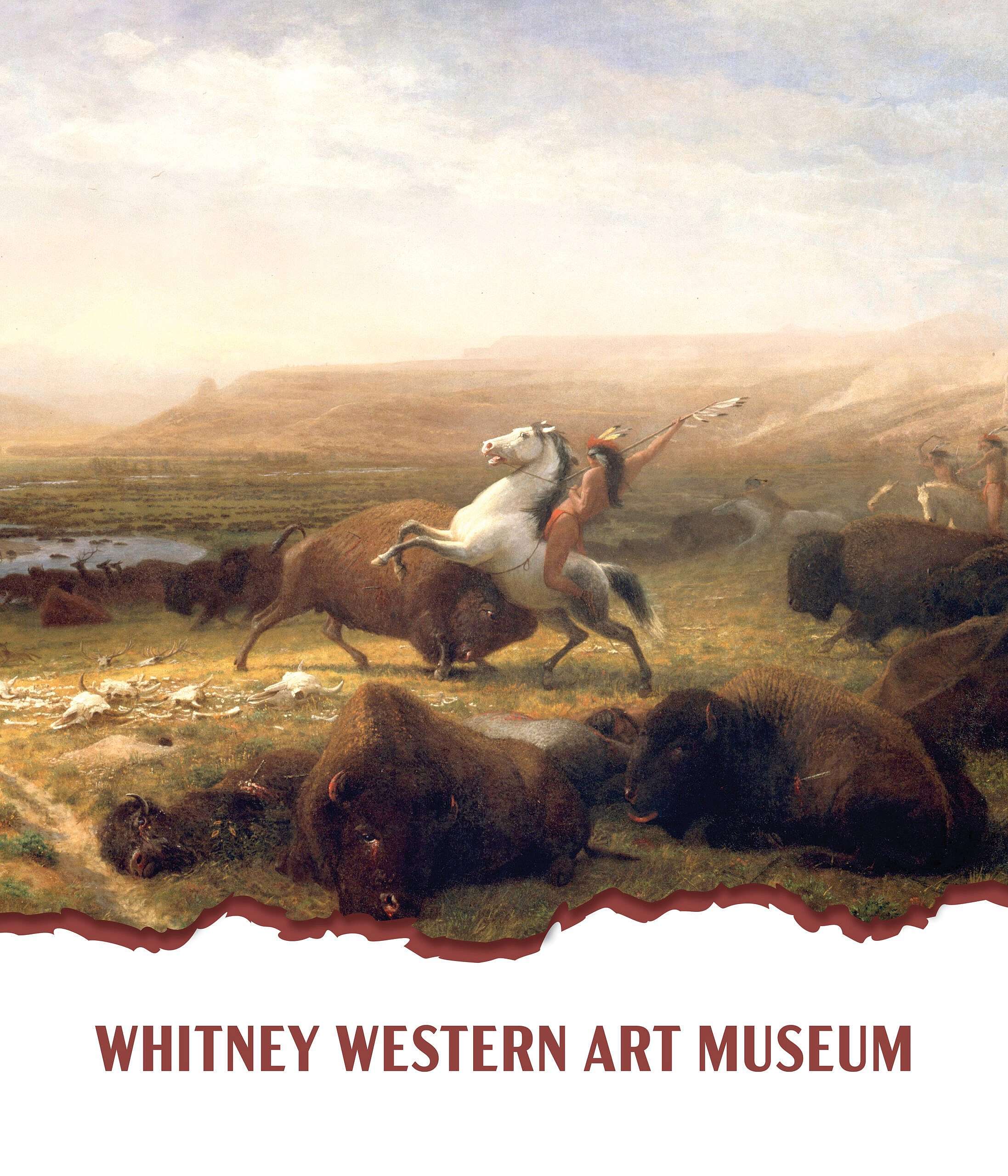
The Bison in Art and Imagination showcases paintings, sculptures, and depictions of the American bison from the sixteenth century to today. Anchored by Albert Bierstadt’s c. 1888 The Last of the Buffalo, the Whitney’s Spotlight Exhibition explores artists’ interpretations of the national mammal through myth, reality, and history—from abundance to near extinction and revival. Bierstadt’s allegory is joined by William Jacob Hays’s 1863 A Herd of Bison Crossing the Missouri River and Ponca artist Julie Buffalohead’s 2018 White Buffalo Reborn. Bierstadt portrays the vanishing herds as bound to the fate of Plains Indians, while Hays noted the species’ rapid decline. Buffalohead connects Lakota prophecy with Native resistance and the promise of renewal. The vignette This is NOT a Buffalo humorously highlights artists’ struggles to capture the animal, while additional works throughout the Whitney extend the focus. Together, they reveal the bison’s enduring role as sustenance, symbol, and spirit across cultures and centuries.
The Draper Natural History Museum
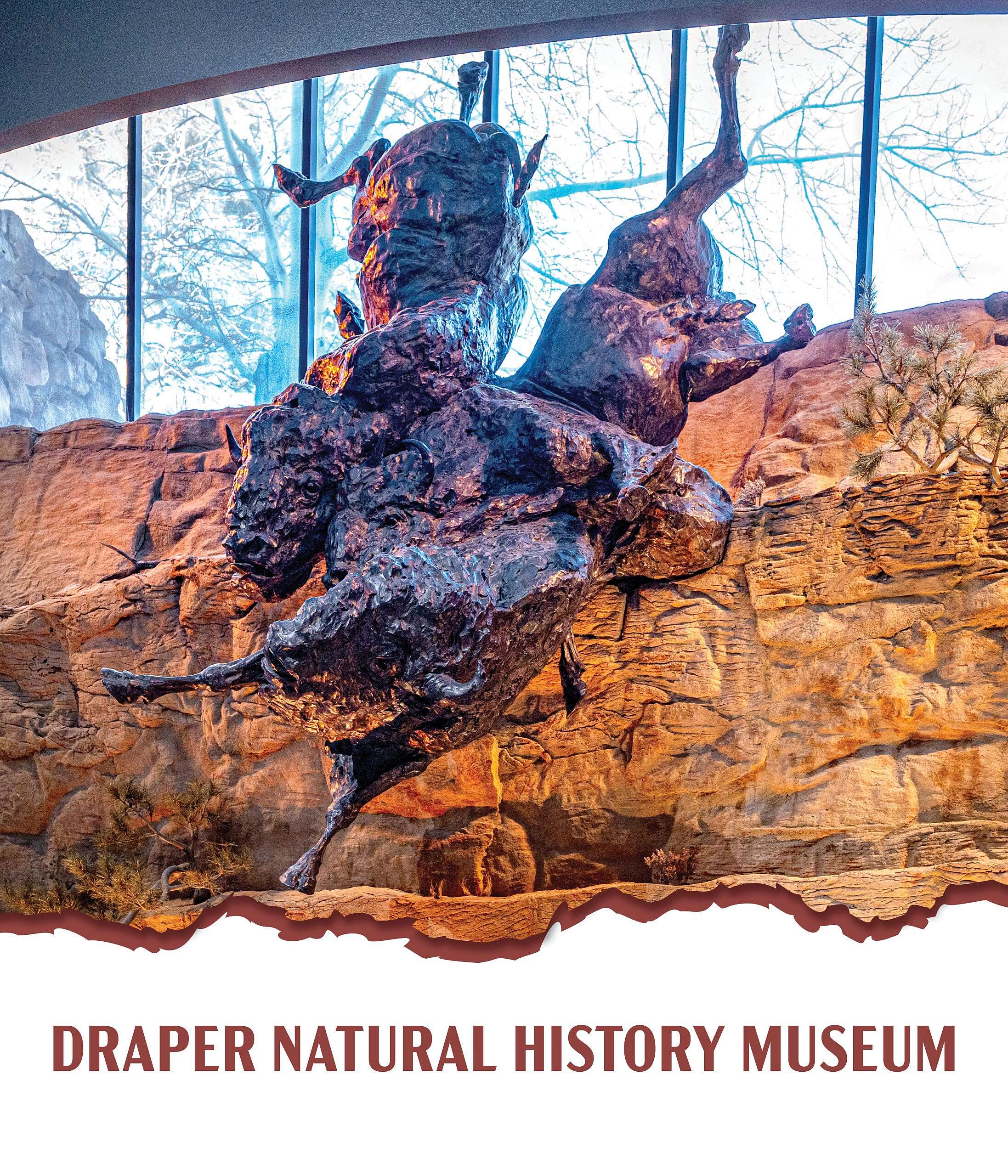
The Draper Natural History Museum’s Spotlight Exhibition centers on T.D. Kelsey’s Free Fall, an eighteen-foot bronze capturing the dramatic plunge of buffalo over a cliff. Visible from nearly every vantage point in the Draper, the sculpture is newly interpreted for Buffalo Nation and complemented by object displays.
Informational panels trace the bison’s historic and modern range, its role as a keystone species, and the practice of “buffalo jumps”—why they were used, what they reveal, and how they connect to today’s reintroduction efforts. Two object cases feature specimens and artifacts highlighting the many ways Plains Indigenous peoples used the buffalo. Through the powerful imagery of the buffalo jump, the Draper’s Spotlight Exhibition illuminates the bison’s enduring past and present in the American West.
The Buffalo Bill Museum
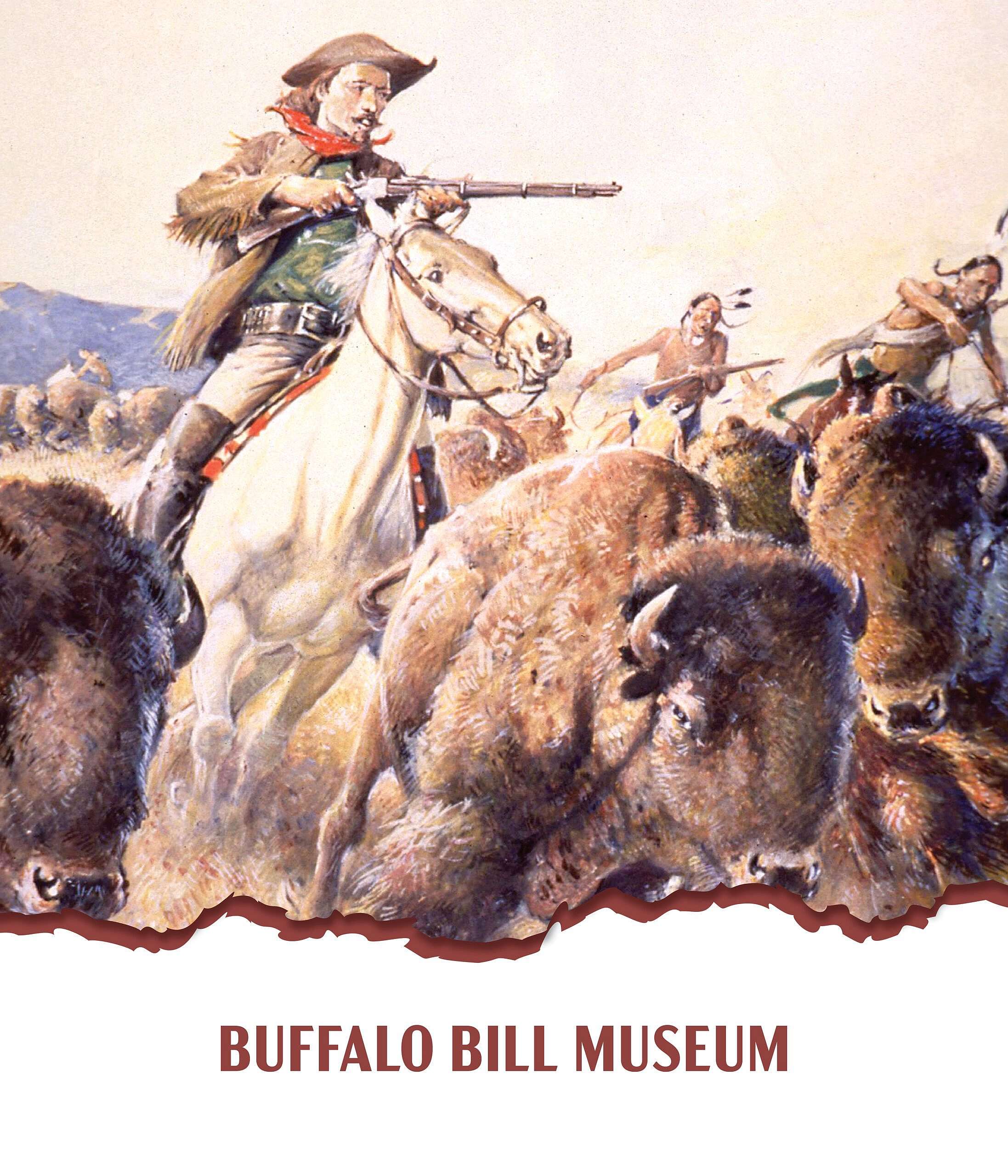
Buffalo Bill’s image is inextricably linked to that of the American Bison, and his worldwide fame helped promote his namesake animal as a national symbol. This Spotlight Exhibition offers insights into how the relationship between Cody and the bison enshrined an almost mythical power to each in popular culture. Cody, more than any other single individual, imbued the buffalo with a unique fame that made it America’s most identifiable animal (with only the bald eagle as a rival). In turn, the buffalo gave to this obscure frontier hunter a name that has assumed epic proportions – “Buffalo Bill.” See how Cody leveraged and extended his reputation through paintings – like The Great Royal Buffalo Hunt (1894) by Louis Maurer – and promotional material from his Wild West show. Visit the Spotlight Exhibition to see these and more: an adorned “Buffalo Bill” saddle, Amelia Earhart’s buffalo coat, and “Lucretia Borgia,” the rifle that was instrumental in giving Cody his name and fame.
The Cody Firearms Museum
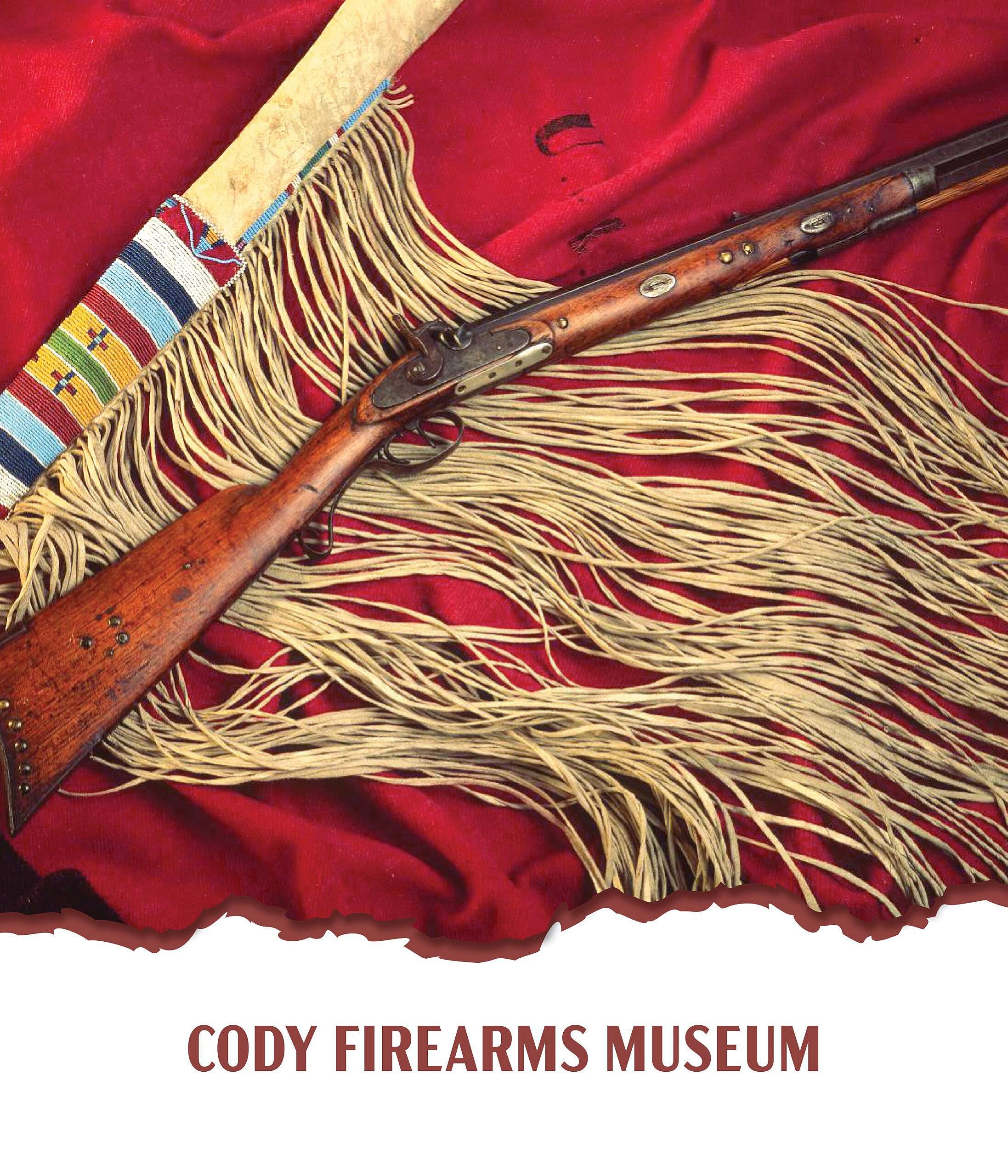
Visit the Cody Firearms Museum to view buffalo hunters’ firearms and accessories from the late 1800s and learn about historical firearms technology and hunting practices. Explore the relationship between firearms, the accelerated decline of bison populations in the nineteenth century, and subsequent conservation efforts. See tools of the bison hunting trade like the well-known Sharps rifle, Hawken rifles, and trade muskets used by Native Americans. Also view Theodore Roosevelt’s rifle, on loan from Sagamore Hill National Historic Site. Roosevelt is a key figure in the history of hunters as conservationists. He recognized the dangers of over-hunting and the need to implement changes to preserve animals for future generations. The Firearms Museum spotlight will share how these efforts coalesced into the Pittman-Robertson Act, a cornerstone of conservation legislation.
Buffalo Nation Countdown
